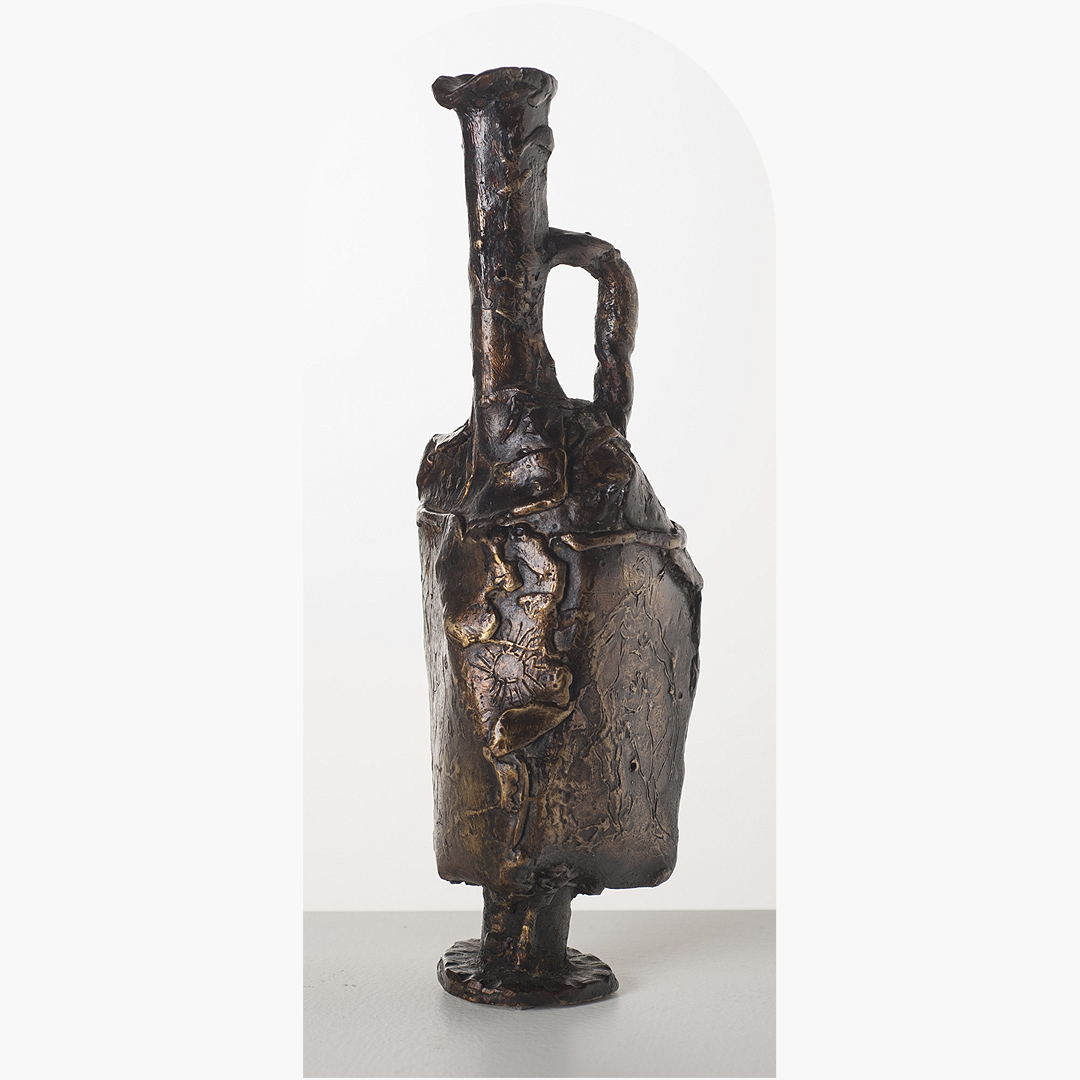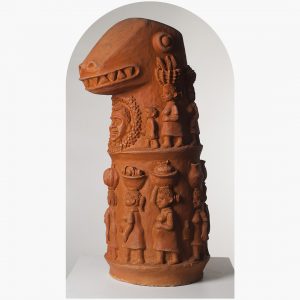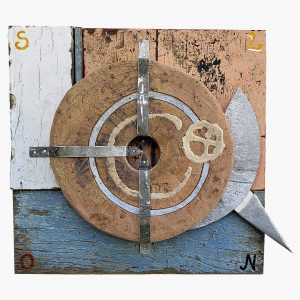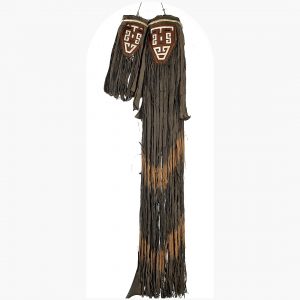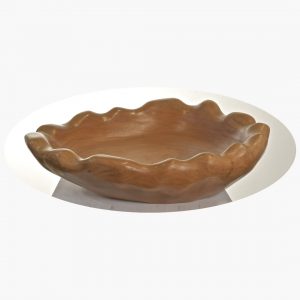Description
(1919-2009) Born in Austria but came to Brazil with two years of age as an immigrant with his family. They settled in São Paulo, where Stockinger made his first studies. Later, in 1937, he moved to Rio de Janeiro where, in 1946, he began his artistic studies at the Lyceum of Arts and Crafts of Rio de Janeiro. The following year, he went to work in the studio of Bruno Giorgi. In 1954, on account of having married to Yeda, he moved with the new family to Porto Alegre, where he began to make woodcuts, diagram and cartoons for the newspaper.
He became a Brazilian citizen in 1956, and in the same year he was elected president of the Chico Lisboa Artists Association, a position for which he was re-elected twice more. In 1961, he was cofounder and first director of the Free Atelier of the City Hall of Porto Alegre. In 1967, he became director of The Department of Culture of the state of Rio Grande do Sul and Director of the art state museum: MARGS.
After the first woodcuts, he began to melt in bronze in the yard of the house of Pelotas street and never stopped again. In the 60s, he began sculptures in iron and wood, representing warriors that make him nationally famous. In the 90s, he made a series of life-size bronze sculptures representing “Gabirus” that are worthy of international production. From the numerous exhibitions he made in the country, he inaugurated the Tina Zappoli Gallery with a terracotta exhibition in 1981. He left a large work spread in public and private plazas and collections throughout the country.



